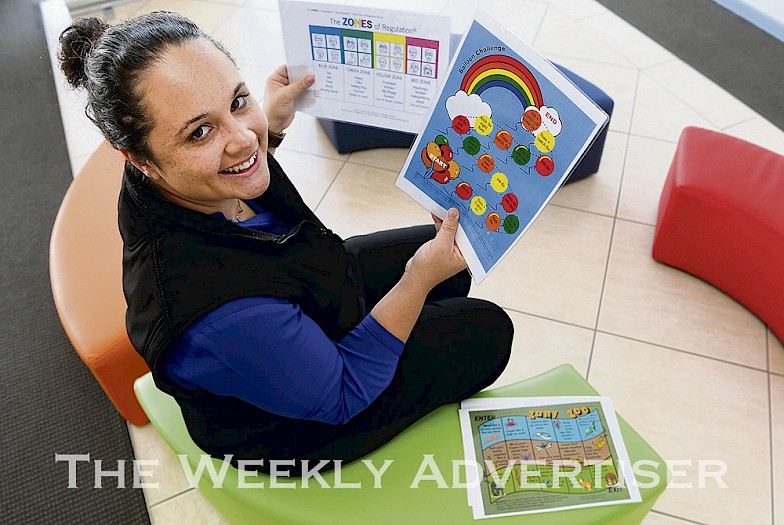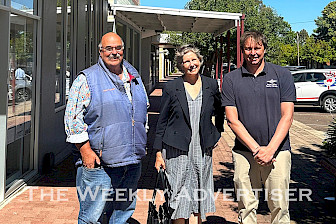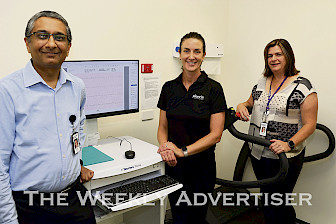Function Therapy clinical director and senior occupational therapist Kirsty Armstrong said, in an attempt to maintain a degree of normality for her clients, the team had been delivering ‘activity packs’ to clients’ houses and following up with telehealth appointments.
“We’ve shifted from face-to-face to computer-based telehealth or phone consultations,” she said.
“This is to keep the conversation going and to help our clients work on their goals and retain some normality.
“Our activity packs – being dropped in letter boxes – will help discussion with their therapist with the information they have and work together via the computer rather than face-to-face.”
Mrs Armstrong said as occupational therapy was traditionally a face-to-face service the new conditions proved challenging.
“Normally we see people in their homes or within the community to help them work towards their goals – for example, if their goals are to cook independently, we’ll do things with them in the kitchen, to help them read recipes or provide adaptive equipment,” she said.
“It’s a very new model of support for the people in our community – for the people we work with, being able to access the computer and set up the platform of video conferencing is a big step.
“We’re providing them with a pictorial step-by-step set of instructions to allow them to do that as smoothly as possible without adding to the anxiety that they might already be experiencing.”
Mrs Armstrong said she could still help ‘high-risk’ patients in person.
“If somebody is of risk to themselves or a support worker, we can still go into the persons home to mitigate the risk, at this stage,” she said.
“We’ve increased the procedures we have to follow for ourselves and our clients in these circumstances to reduce the spread of the virus.”
Practice manager Shantelle Adams said the service aimed to run as normal as possible to reduce stress for clients who might find it difficult to understand what was going on during the pandemic.
“We felt it was very important for us to be able still provide them with support at this time, particularly the vulnerable ones who don’t have a very good understanding of what’s going,” she said.
“A lot of these people might not take change very well in the first instance, particularly children with ADHD or autism.
“We’re trying to keep it as normal as possible for them.
“It’s very new for country towns, it’s very new for our therapists – occupational therapy is normally very hands-on, so it’s an big change for us and for our clients.”
Mrs Adams said the practice would continue to look into models of care that minimised physical contact.
“It’s not for everybody. Some people might be happier to talk on the phone. We’ve got a few different models in place to make it straightforward and as less stressful as possible,” she said.
“It doesn’t have to be therapy-based, it might be the client just wants to chat to someone about what’s going on more than anything. We’re just really trying to make sure we can stay engaged with our clients as best as possible at this time.”
The entire April 1, 2020 edition of The Weekly Advertiser is available online. READ IT HERE!






